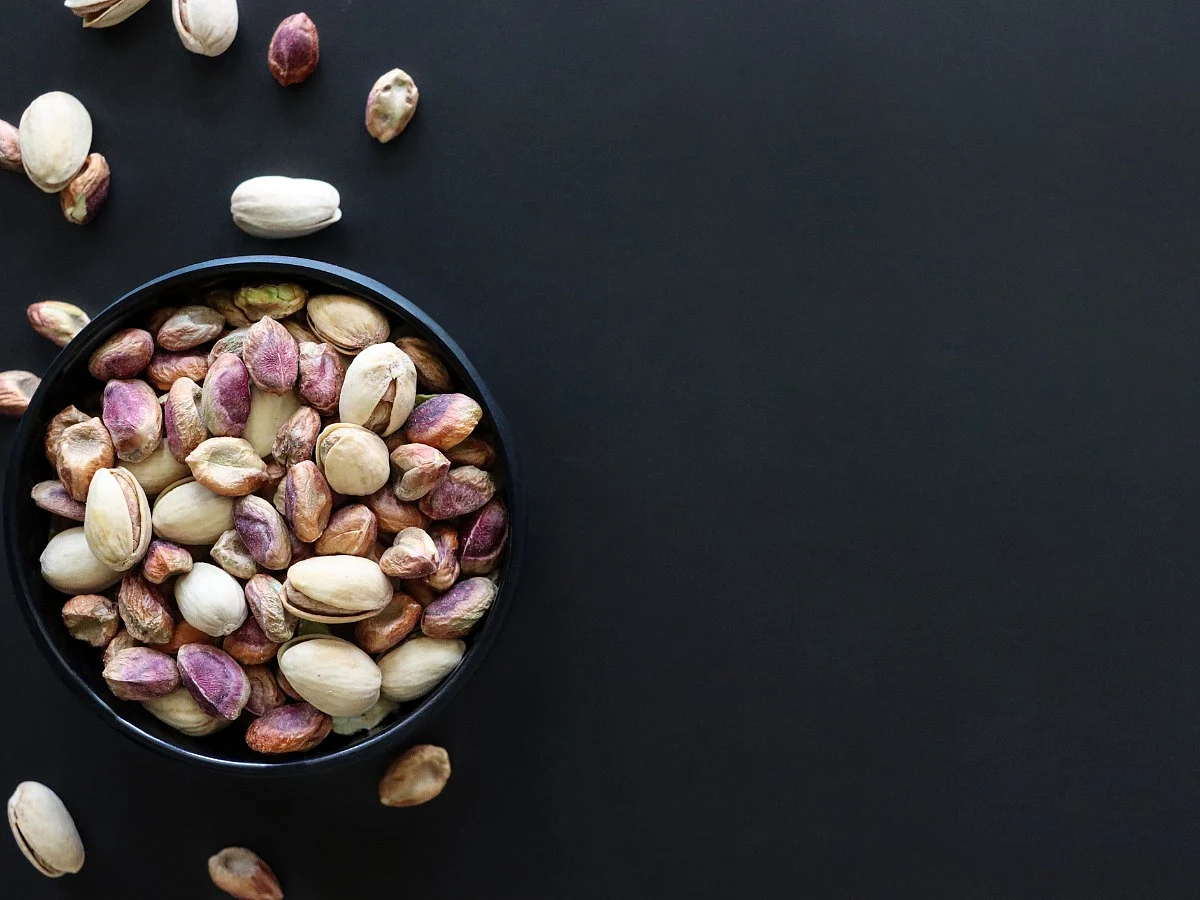7 Amazing Health Benefits Of Pistachios
Check the benefits of pistachios in detail below

advertisement
Pistachios are edible seeds of the Pistacia vera tree that contain healthy fats and are a good source of protein, fiber, and antioxidants. These nuts are not only tasty and fun to eat, but also highly nutritious. They are rich in a variety of nutrients and help support weight loss, gut health, blood sugar control, and heart health. They are also versatile and can be enjoyed in many recipes. They comprise of 20% protein, a much higher calorie-to-protein ratio than that of most nuts. This protein makes you feel full for longer time and helps you manage weight. Pistachios are also a good source of unsaturated fatty acids and potassium. Both have antioxidant and anti-inflammatory traits.
What Are 7 Health Benefits Of Pistachios?
1. Pistachios are a rich source of antioxidants and contain a higher amount compared to other varieties of nuts and seeds. Antioxidants prevent cell damage and play a key role in reducing the risk of certain conditions, such as cancer. Pistachios are mainly rich in lutein and zeaxanthin, the two very important antioxidants for eye health. These antioxidants protect your eyes from damage caused by blue light and age-related macular degeneration, a condition in which your central vision is impaired or lost. Two of the most abundant groups of antioxidants in pistachios polyphenols and tocopherols help protect against cancer and heart disease. The antioxidants contained in pistachios are highly bioavailable and hence get easily absorbed during digestion.
2. Pistachios are among the lowest-calorie nuts compared to all the other nuts that are typically high in calories. Pistachios are second only to almonds when it comes to protein content. Of their calorie content, pistachios comprise about 14% protein. Pistachios are also rich in essential amino acids.
3. Pistachios even though are an energy-dense food, they are one of the most weight-loss-friendly foods. Since pistachios are rich in fiber and protein, both of which increase feelings of fullness and help you eat less. Regular consumption of pistachios is linked to a reduction in body mass index, which is used to estimate body fat. One factor that contributes to pistachios’ weight loss properties is that their fat content might not be fully absorbed.
4. Pistachios help reduce the risk of heart disease. In addition to being high in antioxidants, pistachios also lower blood cholesterol and improve blood pressure, thus lowering your risk of heart disease. Eating pistachios causes reductions in total and LDL (bad) cholesterol and increases in HDL (good) cholesterol. Pistachios seem to lower blood pressure more than other nuts. Eating pistachios reduces systolic blood pressure and decreases diastolic blood pressure.
5. Pistachios are a good source of the amino acid L-arginine, which is converted into nitric oxide in the body. Hence these nuts play an important role in promoting blood vessel health. People who eat pistachios on a daily basis have improvements in the markers of endothelial function and vascular stiffness. Regular consumption of pistachios is also associated with improvements in sexual desire and orgasmic function in males.
6. Pistachios even after having a higher carb content than most nuts, have a low glycemic index, meaning they don’t cause large blood sugar spikes. Eating pistachios helps promote healthy blood sugar levels. Pistachios also help reduce fasting blood sugar and improve insulin resistance in people with type 2 diabetes, prediabetes, or metabolic syndrome. Adding pistachios to your diet may help manage your blood sugar levels in the long term since they are rich in antioxidants, carotenoids, and phenolic compounds, all of which are beneficial for blood sugar control.
7. Pistachios are high in fiber. The fiber contained in these nuts can act as a prebiotic, or the food that is digested by your gut's good bacteria to help them grow. The gut bacteria are then able to ferment the fiber and convert it into short-chain fatty acids, which help reduce the risk of cancer, heart disease, and digestive disorders.
(At The Quint, we question everything. Play an active role in shaping our journalism by becoming a member today.)